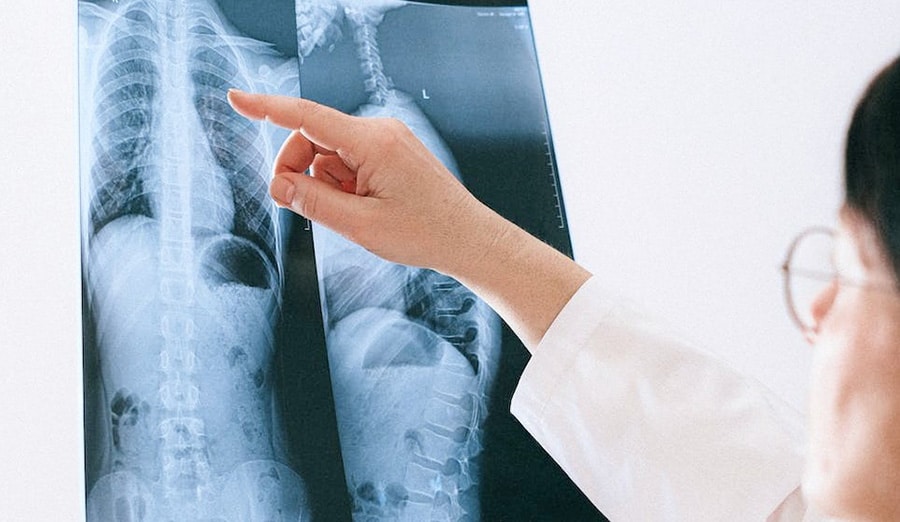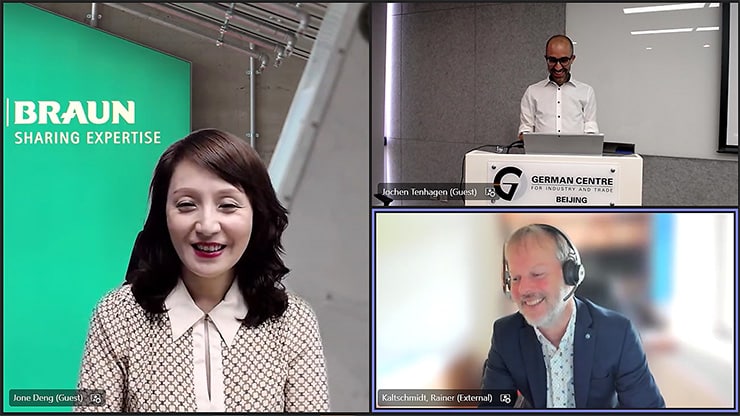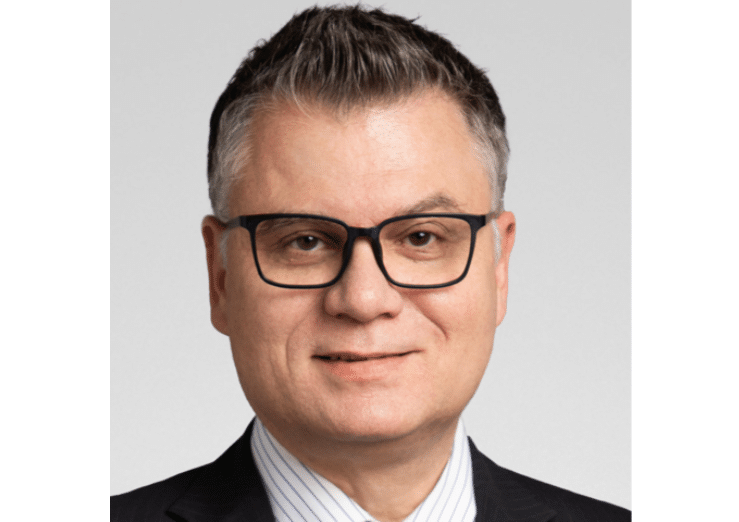China MedTech
Miniaturization in MedTech

Tiny devices with great significance
In this hybrid seminar, hosted by German Centre Beijing, two MedTech experts introduced innovative solutions in the field of miniaturization in medical technologies. They also shared best practice strategies on how to be successful as a foreign enterprise in the challenging Chinese market.
Rainer Kaltschmidt, Fraunhofer Institute for Electronic Nano Systems ENAS, provided an overview on key trends in microsystems and miniaturization (not only) in medical engineering. The presentation focused on MEMS technologies (Micro Electro Mechanical Systems) – a technique of combining mechanical and electrical components together on a chip to produce a system of miniature dimensions. Key advantages of the use of MEMS compared with larger devices include minimal invasiveness, lower power consumption, a higher sensitivity to input variations, as well as cheaper mass production due to smaller size.
Kaltschmidt presented various impressive examples for MEMS application in innovative MedTech products, including ultrasonic transducers, stretchable and flexible substrates, or sensor and actuator systems. It became clear that the application of these technologies in medical engineering is quite varied and allows for a broad range of multisensory integration, including sight, focus, balance, touch, audio, or even taste and smell.
Good to know
What is miniaturization?
Medical miniaturization is the process of shrinking the size of medical devices. Application areas include minimally invasive surgery, active implants, or diagnostic tools like wearable sensors and lab-on-a-chip applications. The trend for miniaturization continues, e.g. with the help of new micro system technologies, advanced materials, and decreasing sizes in electrical engineering.
China’s MedTech market has big potential for new technology solutions, but there are specific trends and customer needs that should be considered. Enterprises need to develop market-specific strategies and unique selling propositions to be successful.
Best practices for a successful market strategy
Ms. Jone Deng, Vice President & China Region Head of Aesculap Division, B. Braun China Ltd., introduced key market development trends in China, and shared insights on a leading MedTech providers’ innovative minimally invasive surgery (MIS) technologies and “In China for China” market strategy.
Framework policies encourage the development of innovative medical devices and are leading to a fast growth of local competitors and rapid technological advancements. “Made in China 2025” and “Buy local policies” require for significant strategy adjustments of international MedTech players with a focus on further localization in R&D, design transfer and registration pathways.
A great example of fast industry growth are MIS technologies. Surgery tends to be more and more minimally invasive, and the market scale of MIS instruments is constantly expanding. B. Braun is following an integrated approach to remain a leading MIS provider in a more competitive market environment. Key success factors are not only latest technologies and highly innovative products, but much more: Deng shared great examples of best practice strategies such as launch excellence, brand exposure in various communities, KOLs advocation, or the development of education platforms like the Digital Aesculap Academy China
Similar events
News and events from German Centre Beijing
China Medtech
Join our seminar series and learn more about the opportunities for innovative German solutions in China's fast-growing medtech market.
China’s revised law: Manage your liability with Rödl & Partner
This training provides valuable insights into the increased liabilities and rights for company managers and directors in China, as imposed by the recent revisions to Chinese criminal and company law.




